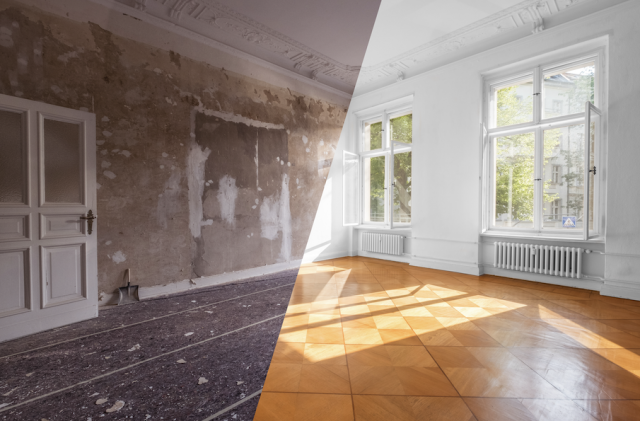When you embark on the journey of renovating an old house, you’re not just restoring a building; you’re reviving a piece of history. It’s like unearthing an ancient treasure chest, brimming with stories, character, and the charm of yesteryears. As you step into this realm of transformation, it’s crucial to strike a harmonious balance between preserving the past and embracing the present. Much like securing a home equity loan to remodel, renovating an old house requires careful planning and a discerning approach. In this article, we’ll explore unconventional perspectives on renovating old homes, offering insights that go beyond the typical advice.
1. The Beauty of Preserving Heritage
Imagine renovating an old house as an archaeological expedition. Beneath layers of time, you uncover hidden treasures. Here are some aspects to consider:
- Architectural Details: Much like preserving ancient ruins, old houses often boast unique architectural features. Consider retaining and restoring these details. Refurbishing original crown molding or restoring vintage hardwood floors can breathe life into your home.
- Historical Significance: Think of your old house as a history book waiting to be read. Research its past, uncover its stories, and honor its significance. Understanding the historical context can guide your renovation choices.
- Conservation Efforts: Old houses are like endangered species; preserving them is essential. Explore eco-friendly renovation options that align with conservation efforts. Refrain from stripping away original materials unnecessarily, and opt for energy-efficient upgrades.
2. The Blend of Old and New
Renovating an old house is akin to composing a symphony with old and new instruments. Here’s how you can strike a harmonious balance:
- Modern Amenities: Just as a classic car can be fitted with modern technology, integrate contemporary amenities into your old house. Incorporate energy-efficient appliances, smart home features, and updated plumbing and electrical systems.
- Repurposing*: Think of repurposing as giving new life to old artifacts. Salvage materials and repurpose them creatively. An antique door could become a headboard, and reclaimed wood could turn into custom-built furniture.
- Design Harmony: Achieving a design that marries the old with the new is like creating a visual symphony. Consult with an architect or designer experienced in historic renovations to strike the perfect balance.
3. Navigating Unforeseen Challenges
Renovating an old house is an adventure filled with unexpected twists and turns. Prepare for the unknown:
- Budget Contingencies: Allocate a portion of your budget to unforeseen issues. Much like explorers setting out on a journey, expect to encounter unexpected challenges, such as hidden structural problems or outdated wiring.
- Flexible Timelines: Renovations often have their own timeline, much like explorers navigating through uncharted territory. Be patient and flexible, understanding that preserving and revitalizing an old house takes time.
- Expert Guidance: Seek the guidance of professionals who specialize in historic renovations. They possess the expertise to navigate the unique challenges old houses present.
Conclusion
Renovating an old house is a labor of love, a voyage into the past with an eye on the future. Much like securing a home equity loan to remodel, it requires a thoughtful and strategic approach. By preserving heritage, blending old and new, and navigating unforeseen challenges, you can transform your old house into a masterpiece that bridges the gap between the past and the present. Remember, the beauty of an old house lies in its stories, and your renovation journey is just another chapter in its rich history.








